What to See, Experience, and Explore at Miami Art Week 2025
We checked in with our former podcast guests who will be inching through Miami traffic, unveiling new works, signing books and revealing new projects this year.
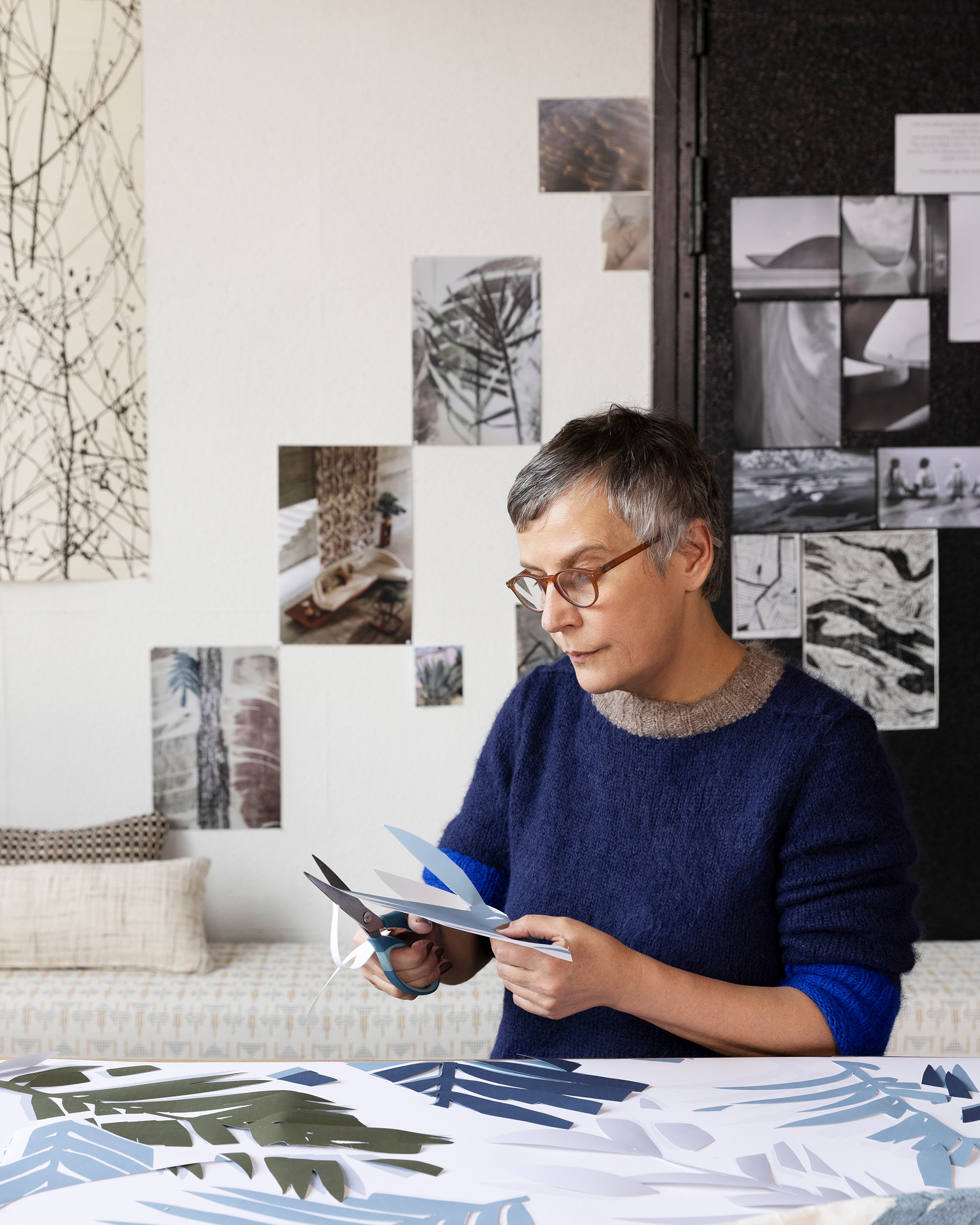
This article is from our first-ever print issue, available for order online now.
When Béatrice Bostvironnois was assigned the role of design director at the textile house of Larsen in 2020, she knew the boots were big. Founder Jack Lenor Larsen had recently passed away at the age of 93, leaving an exceptional archive of fabrics that had come to define the spirit of Modernism in woven form. For 70 years, Larsen pushed the potential of yarns to find new textures, testing the boundaries of textile creation and integrating techniques learned from other disciplines. The “Larsen look” became the style everyone wanted to flaunt in their midcentury homes, including Jackie Kennedy when she reworked the White House interiors. Larsen effectively shifted the role of woven material from something that simply softens the edges of the built environment to something that becomes a part of the architecture itself. “A synthesis of material and engineering,” he once said, “fabric is inherently related to the architecture which it completes and makes livable.”
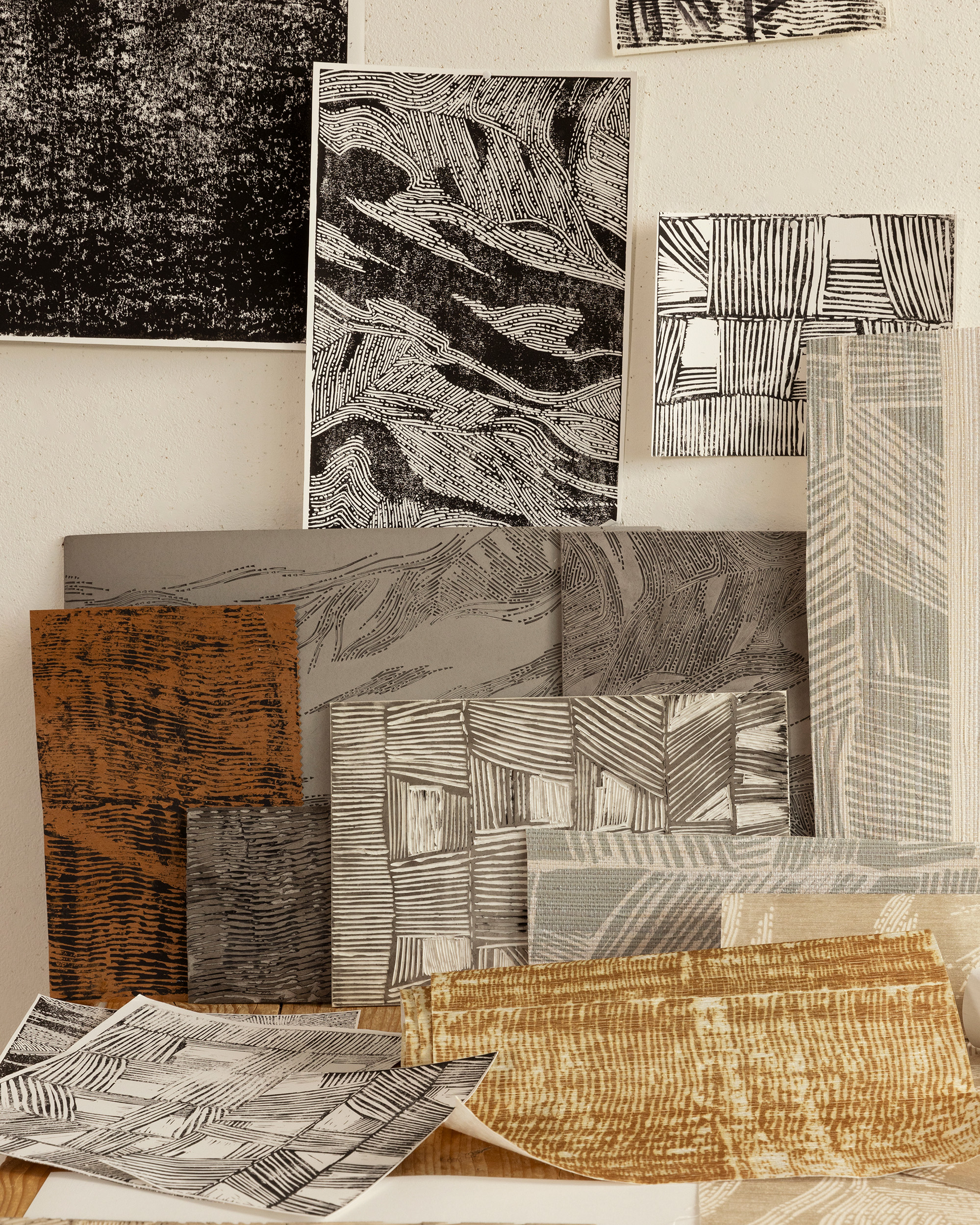
As the new creative lead for the brand, Bostvironnois had a lot to work with, and a lot to live up to. While born to different generations on different sides of the Atlantic, there is, however, much that unites the two creatives. Like her predecessor, Bostvironnois developed an early passion for textiles and, in particular, the intersection of handcraft and industry. “It began with hand knitting. I am fascinated by yarns and texture, and love to mix the handmade with machine-made.” Her career launched in the 1990s at a mill near her hometown of Lille in northern France, where she learned textile making from the inside out, spending time with the technicians and traveling around the world to meet other designers and clients. After a stint as design lead at a mill in Lyon she relocated to Paris and for many years headed development at Margueroy, the mill that feeds Maison Pierre Frey, among others.
Also, like Larsen, Bostvironnois is a collector of nature (she favors bits of bark, stones, leaves), names gardening as her second love, and likes to travel and explore local textile traditions. While the architecture of Japan had a profound effect on Larsen’s work, for her first Larsen collection, Bostvironnois worked techniques and tones gleaned from her travels in Africa. Playing with translucency and texture, mixing craft and technology, geometry and nature, and incorporating all manner of materials, from silk and linen to bamboo, raffia, and rope, are all approaches that have come naturally to both creatives.
Now settled into the role, Bostvironnois’ latest collection has taken her to South America, or at least in spirit. “I’ve never been,” she is quick to admit. “I visited an exhibition of photographs of Amazonia by Sebastião Salgado, and it was so beautiful and inspiring. And then an exhibition in Milan, all about trees, led me to discover the monotypes of the Brazilian artist Luiz Zerbini; he uses so many leaves, but in a really contemporary way.”
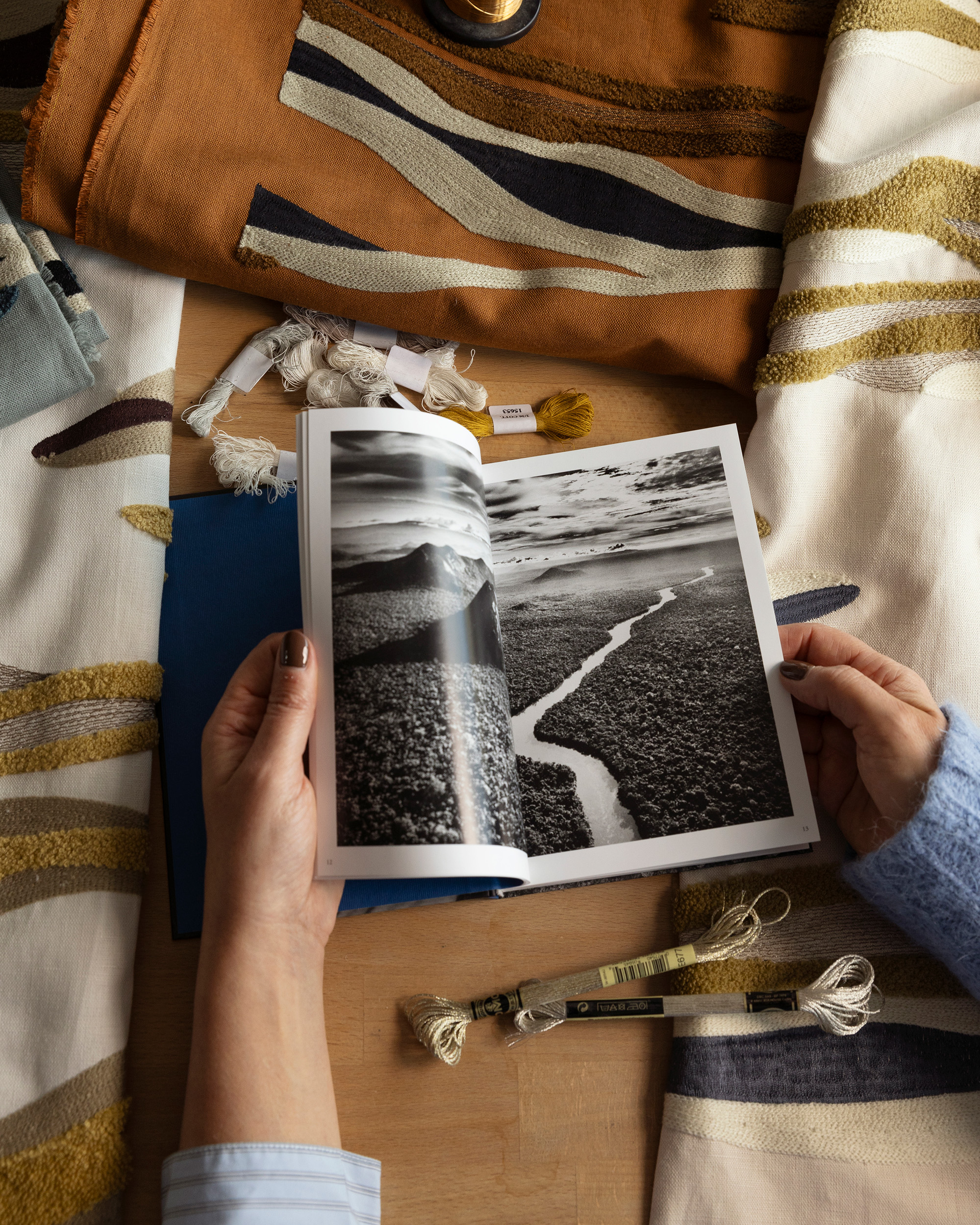
These two Brazilian artists were the starting point that segued into thoughts around Brazilian Modernism and Oscar Niemeyer’s curves and then on to contemporary architects Studio MK27 with their huge houses buried in nature. “Finally, we built a little story.” The botanical aspect is apparent in Eloa, a linen embroidered with thin cotton cords, and Zoe, which combines embroidery and prints, while Roberto Burle Marx inspires the playful patches of Brasilia. The mix of materials, opacities, textures, and techniques, often multiple in one fabric, are trademark Larsen.
Bostvironnois’ experimental edge is given free rein in the brand’s newest venture: wall-coverings. Mixing materials such as sisal, hemp, linen, jute, and paper alongside techniques such as fil posé, collage, and 3D printing, the potential is enthusiastically explored. For example, 3D printing is used to give relief to the Wenge design, while human hands are used in Pinene to rip away paper layers to create an effect like tree bark.
It seems a natural progression for the brand, and you can’t help but wonder what Larsen himself would have made of it. “He was so joyous,” says Bostvironnois, who met him early in her design career. “For sure, if Jack Lenor Larsen were here, he would have explored all the new possibilities. Because he’d want to be involved in all the newness.” larsenfabrics.com
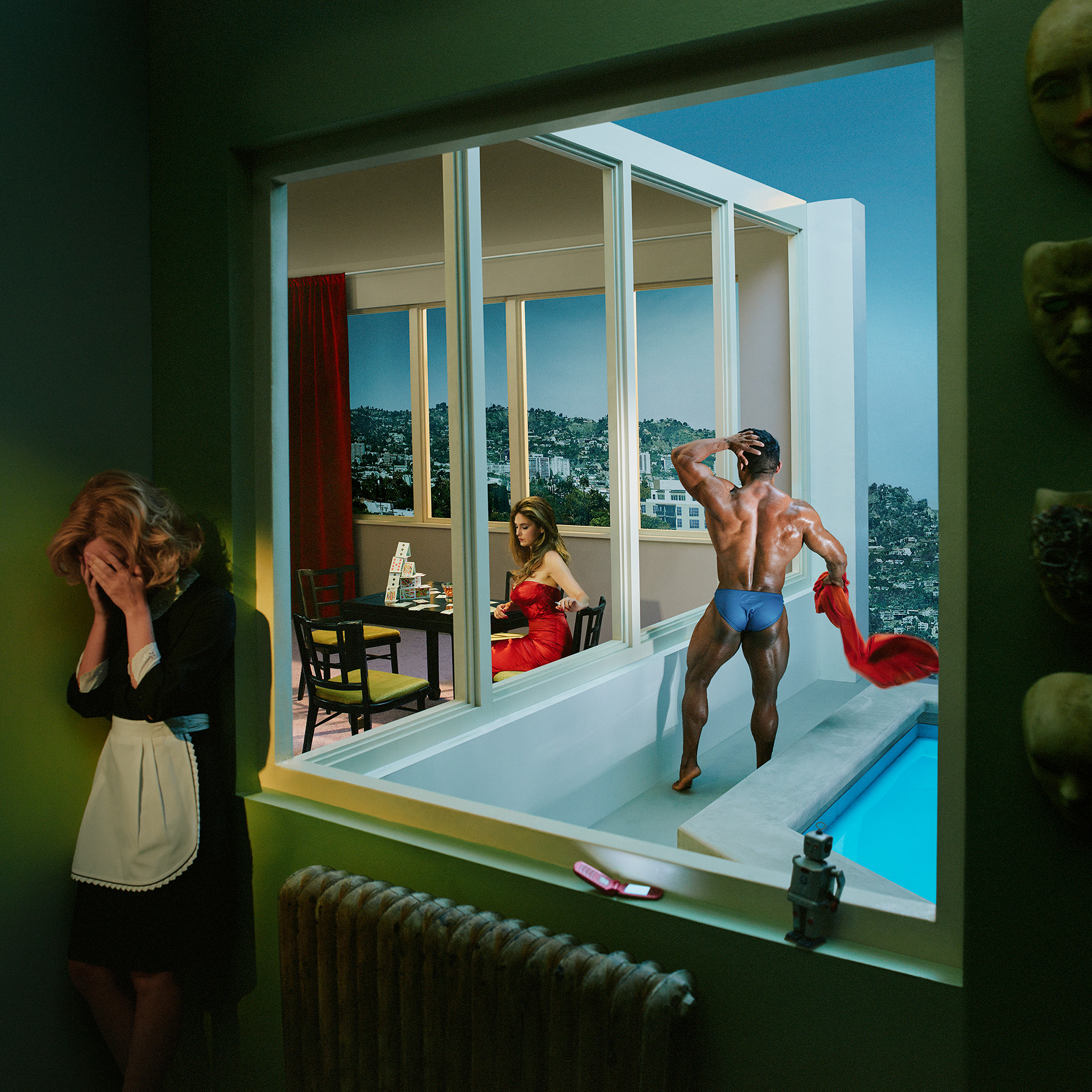
We checked in with our former podcast guests who will be inching through Miami traffic, unveiling new works, signing books and revealing new projects this year.
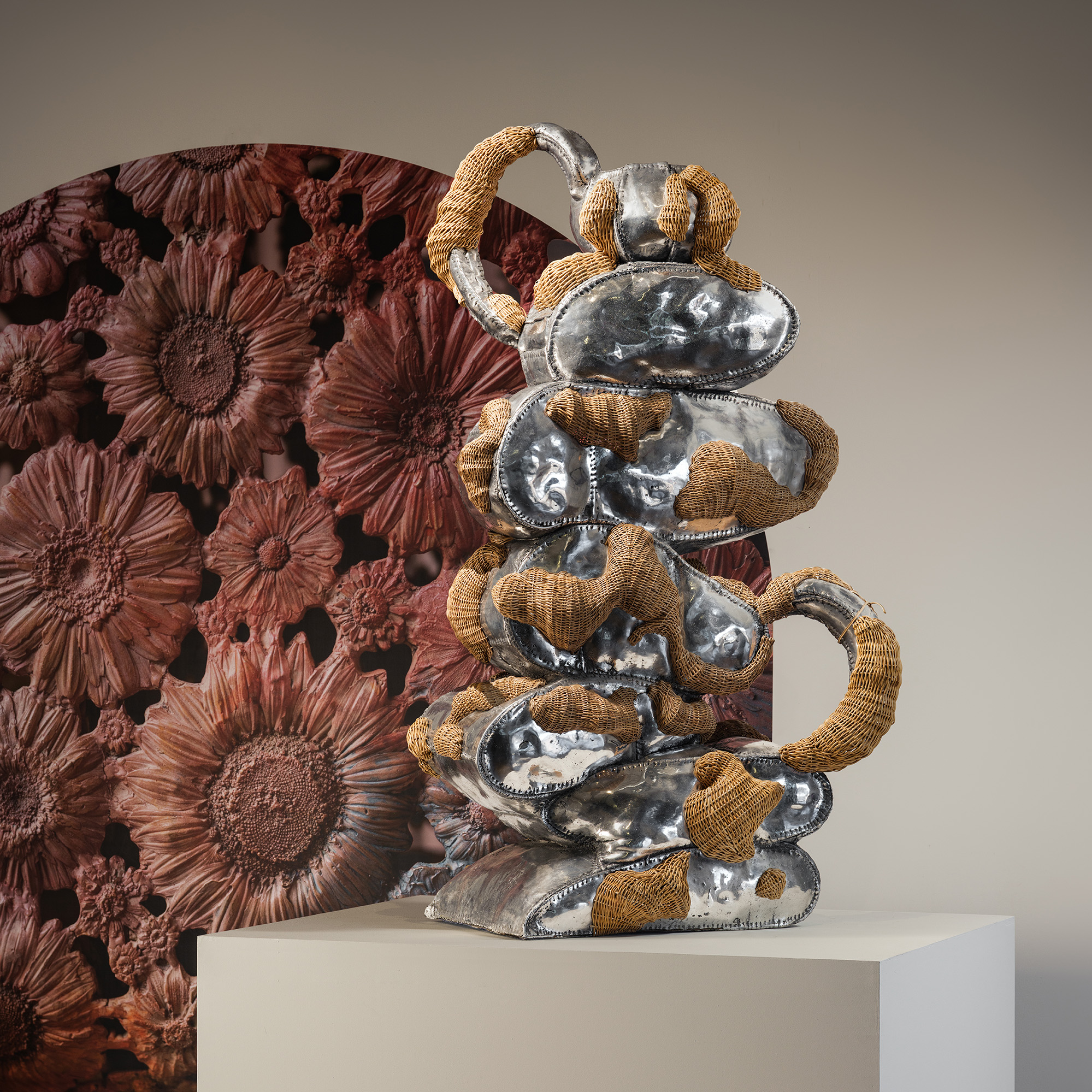
The ecstatic designs of Chris Wolston come to Texas, Juergen Teller's most honest show yet opens in Athens, a forgotten Cuban Modernist is revived in New York, and more.
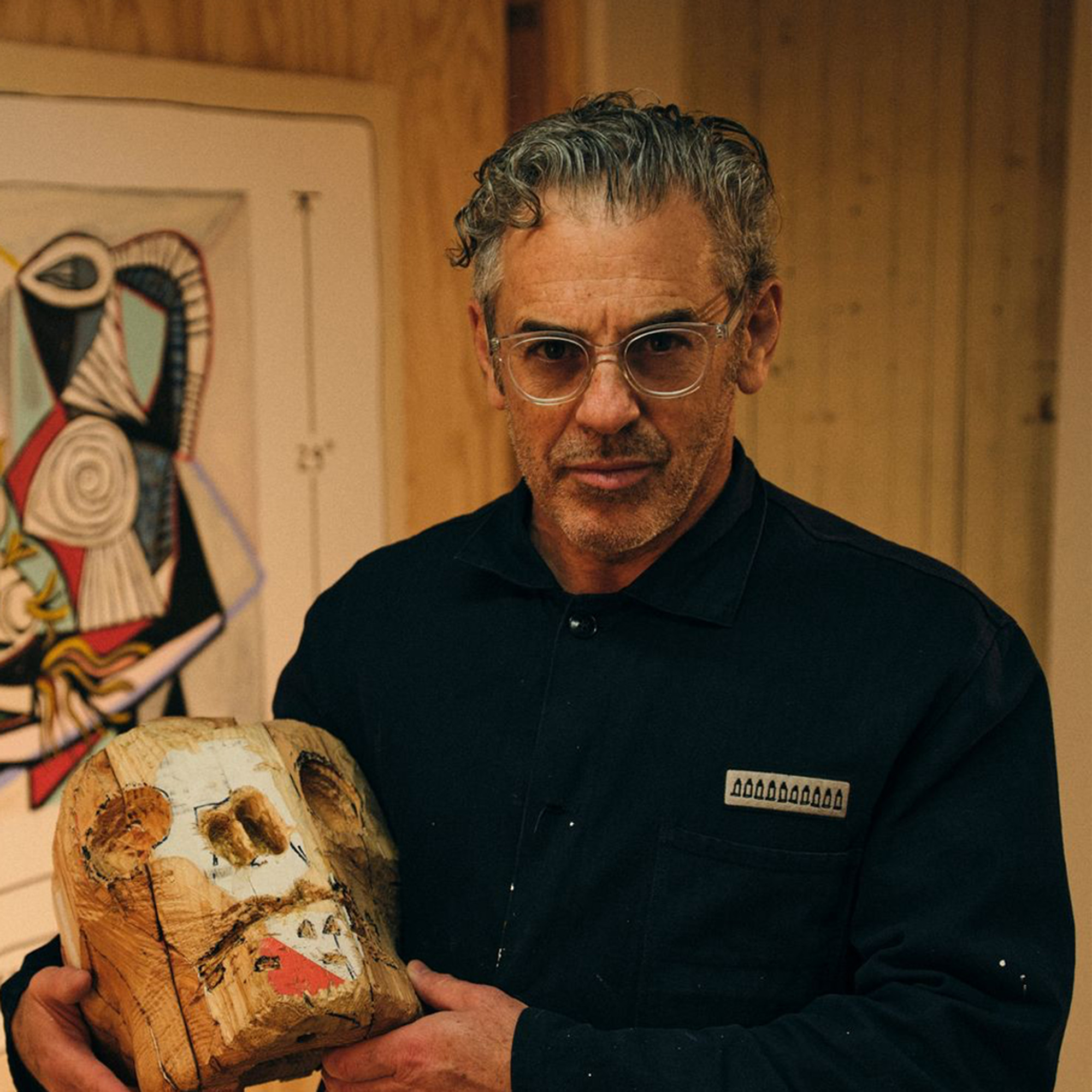
Tom Sachs explores various creative disciplines, from sculpture and filmmaking to design and painting. On this season finale, Dan speaks with Tom about his accidental journey to fine art, how an installation in a Barneys window kickstarted his career, and more.